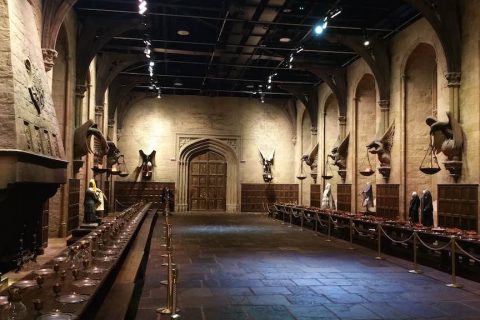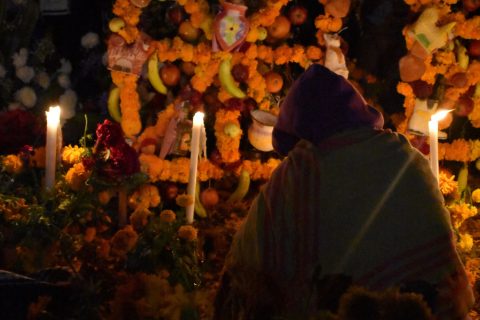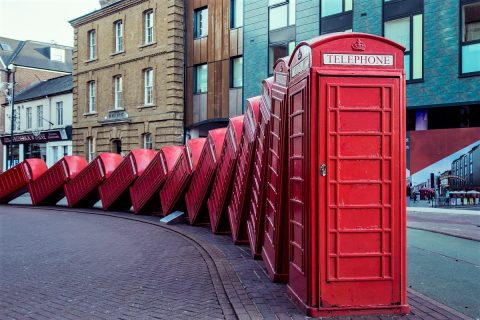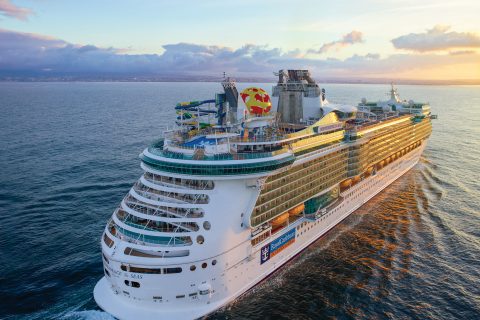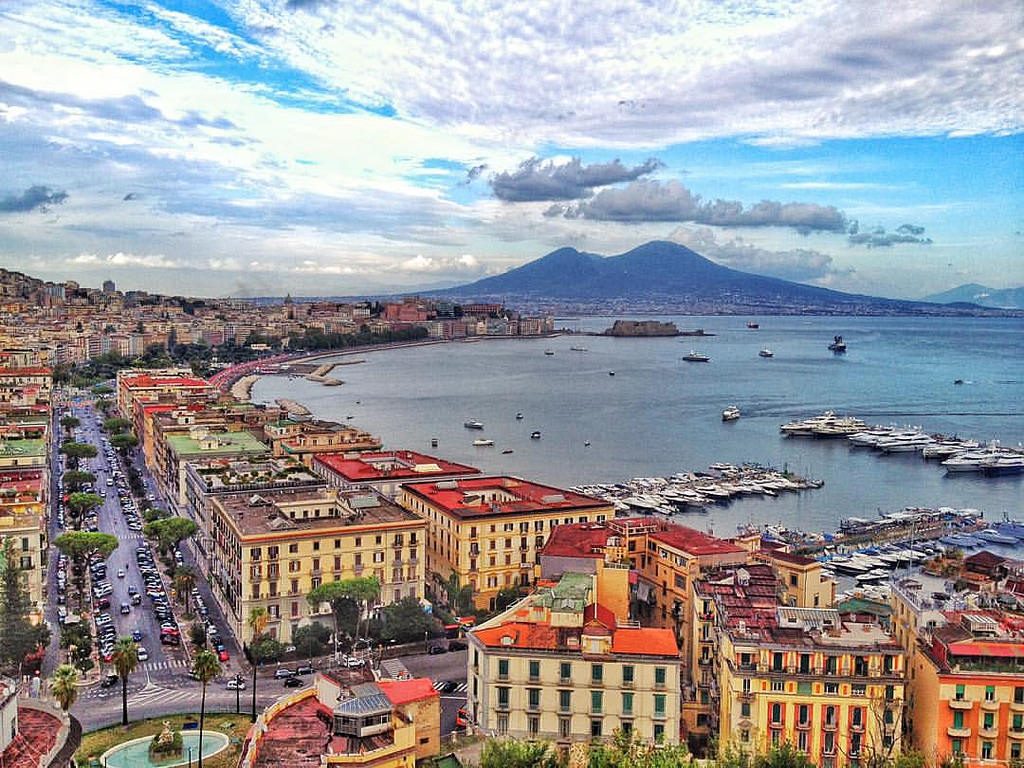


Naples is one of the largest city in Italy and Europe and it is the Italian city with the highest population density.
It is famous for its history and food. But it is not only that. It is a ‘chaotically organised’ city that you will fall in love with.
IS IT SAFE TO VISIT?
Short answer: YES!
Long answer: Yes, but keep an eye on your belongings. Don’t show up very expensive watch (Rolex) or phone/camera. Naples is not a more dangerous city than other big cities. It is as dangerous in Naples to walk with your £3000 camera as it can be in Paris or London. The real issue that Napoli has is Camorra (organised crime) but as a tourist you will not be affected by that, unless you enjoy put yourself in dangerous situations.
WHAT SHOULD I SEE IN NAPLES?
I have lived in Naples for over 20 years and I have not seen enough of this city. But a good starting point is the Historical centre. It has been declared UNESCO World Heritage Site and it can be considered an open-air museum. Just consider that only in the city centre there are 448 churches and some unconfirmed statistic say that Naples has over 1000 churches (metropolitan area) making it the city with the highest number of church in the world.
The top 10 landmarks in the city centre are:
Castel Nuovo (a.k.a. Maschio Angioino)
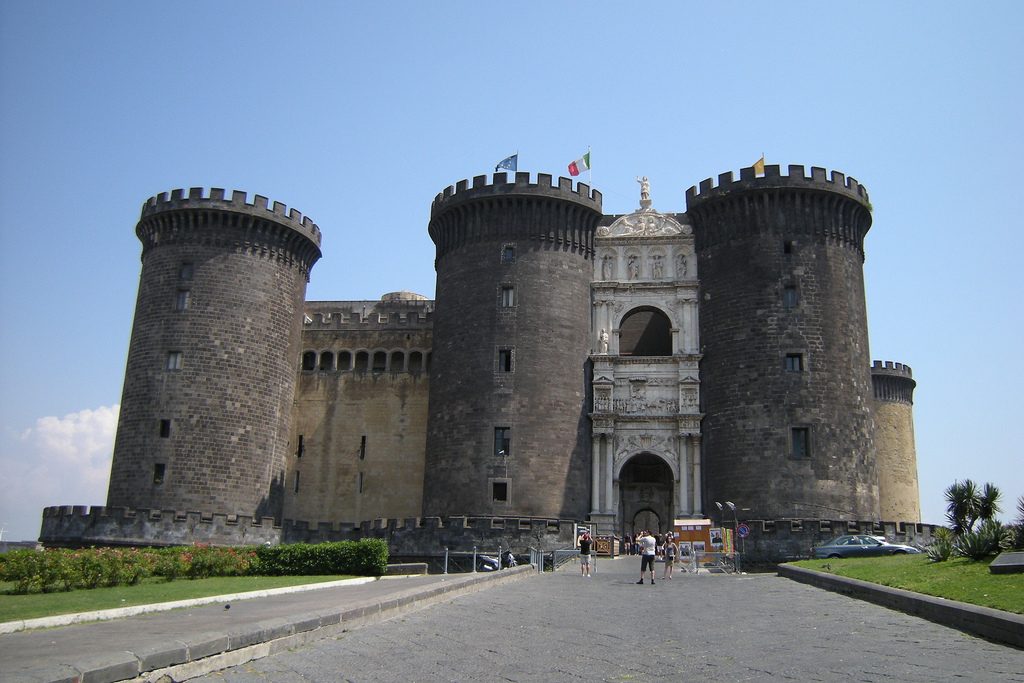


Castel Nuovo (New Castle) or Maschio Angioino (Angevin Keep) is a medieval castle close to Napoli’s port, in fact it is the first landmark that tourists arriving with a cruise can see. In my opinion the best part of it is the external view, so make sure you stop taking some pictures even if you don’t have time to visit it. But if you spare 1 hour, give it a go and visit the civic museum for as small as €6.00.
More info: Maschio Angioino – Tourist info
Napoli sotterranea (Naples Underground)
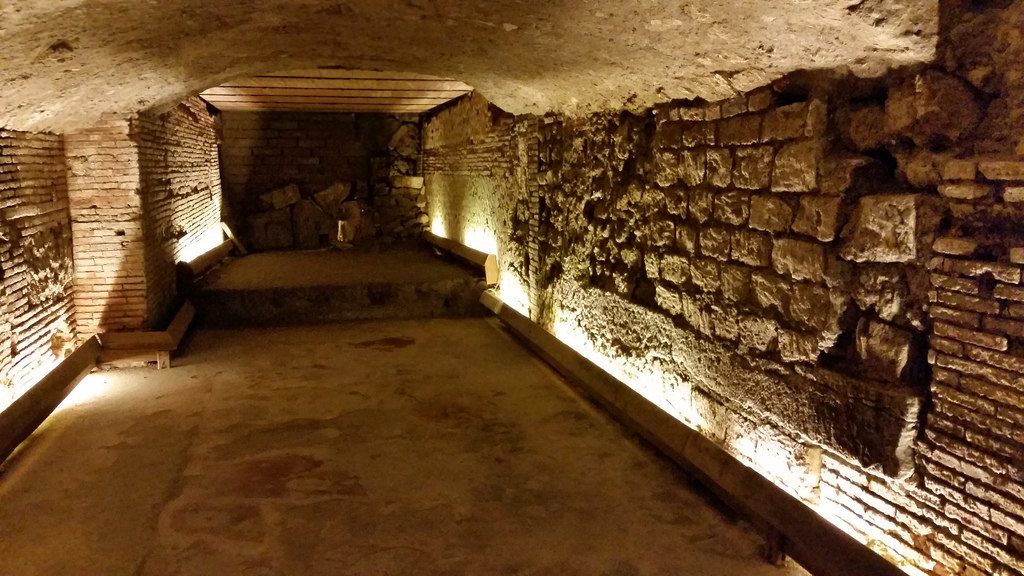


Forty meters underground and 2400 years back in time. Napoli Sotterranea is this and more. You get to see what this place was in Roman era and how it was used as storage and as bomb shelter during the World Wars.
You will leave the Neapolitan history in 2 hours. Something you cannot miss.
Note: I don’t recommend this visit to claustrophobic persons as there are very small passages, some just 40 centimetres wide.
More info: Napoli sotterranea – Tourist info
Cimitero delle Fontanelle (Fontanelle cemetery)
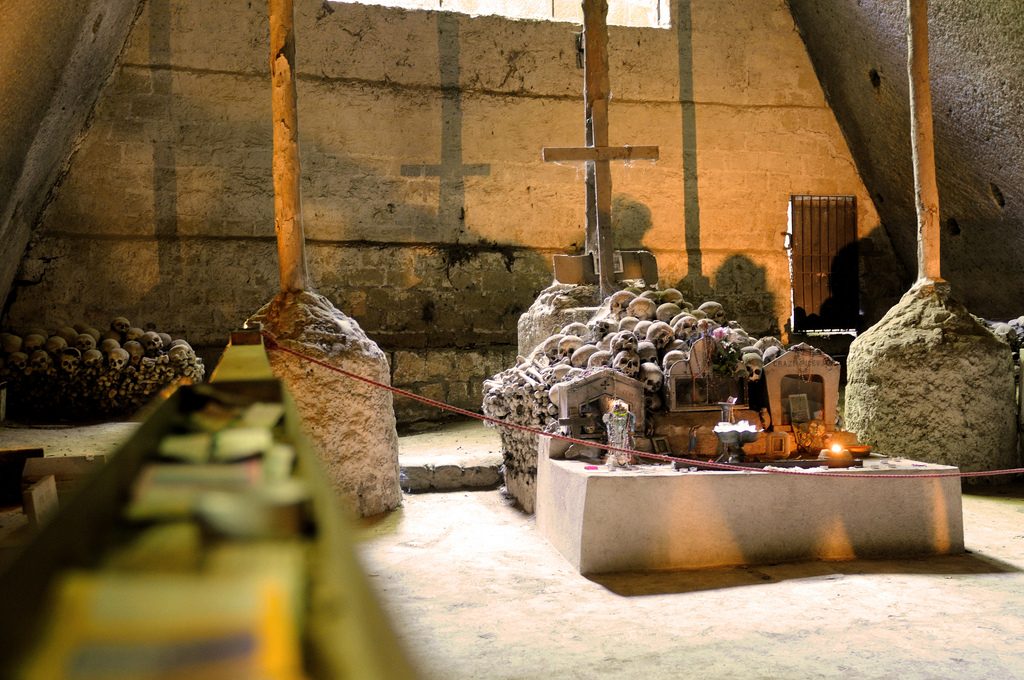


If you are a ‘macabre lover’ then you cannot skip this. The Fontanelle cemetery hosts the bodies of over 40.000 victims of the plague and it is famous for the huge amount of bones and skulls perfectly organised. These anonymous skulls embody the idea of the the souls in purgatory, whose worship is a Neapolitan folk rite of great importance. Prayers are dedicated to the abandoned souls, popularly called Anime Pezzentelle (poor souls), as it is believed that taking care of these will help to get a better place in the afterlife.
The entrance is FREE but we recommend to hire a local guide to get some insight of what you are looking at.
More info: Cimitero delle Fontanelle website
Piazza del Plebiscito
Piazza del Plebiscito is the heart of Naples. Every Neapolitan knows where it is and how to get there. It is almost impossible not to see it if you are walking around the city and it will appear in front of your eyes ‘out of the blue’. The square is delimited on the North side by the Basilica of San Francesco di Paola; on the opposite side by the Royal Palace; on the West side there is the sea and on the East side there is via Toledo that gives you access to Quartieri Spagnoli.
Since you are there, we recommend to visit also the Galleria Umberto I and the Real Teatro di San Carlo, one of the oldest and most beautiful Opera theatre in Europe and one of the biggest Italian theatre.
San Gregorio Armeno
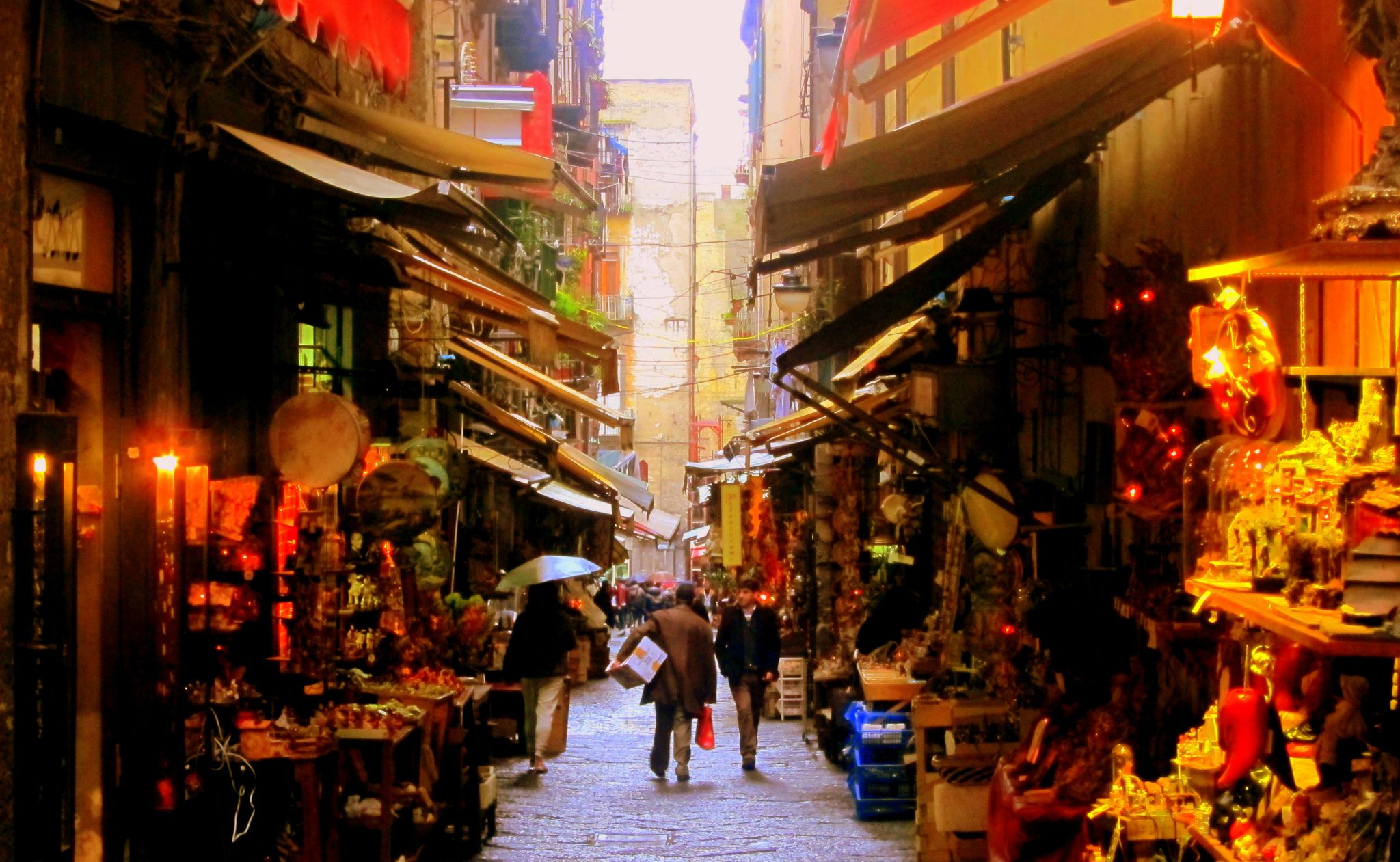


Via San Gregorio Armeno is a narrow street very famous for the artisan’s workshops where handmade nativity scene characters and landscapes are created.
Open year round, the shops get extra busy around Christmas as the locals and the tourists populate the area to buy items for their presepe or simply to admire the creations. Although it is not an historical landmark, we strongly recommend to have a walk there. In 2016 Dolce&Gabbana used this street as catwalk to present their new collection.
Also, it is very close to Napoli Sotterranea and to one of the area with the highest number of very famous pizzeria, including Sorbillo, where you may need to queue for at least 1 hour to be seated, but it is worth it!
Cappella Sansevero



Cappella Sansevero may be worth the trip to Naples by itself. It is a deconsecrated chapel, now used as a museum. It is home for almost thirty works of art by Italian artists. The main artwork is the Veiled Christ by Giuseppe Sanmartino, this sculpture is considered one of the most remarkable in the world.
Less than 500m from the chapel, there is another landmark worth a visit: Santa Chiara. It is a religious complex very famous for its cloister decorated with beautiful majolica tiles.
More info: Cappella Sansevero – Santa Chiara
Castel dell’ovo and seafront
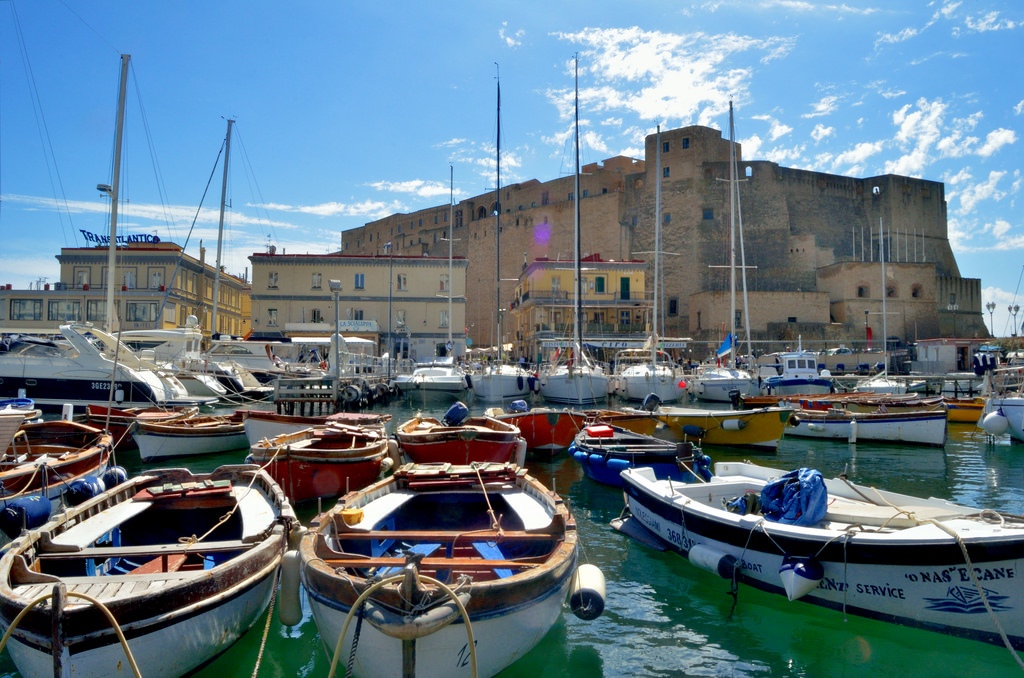


Castel dell’ovo (Egg castle) is a castle located on Napoli’s seafront. The name has its origin from a legend about Virgil putting an egg in the foundation of the castle. It is believed that if the egg would ever break, the castle would get destroyed and disastrous events will happen in Naples. The entrance is FREE and it is perfect to visit on a sunny day after or before heading for a relaxing walk on the fully pedestrian seafront.
More info: Castel dell’ovo
Metro stations
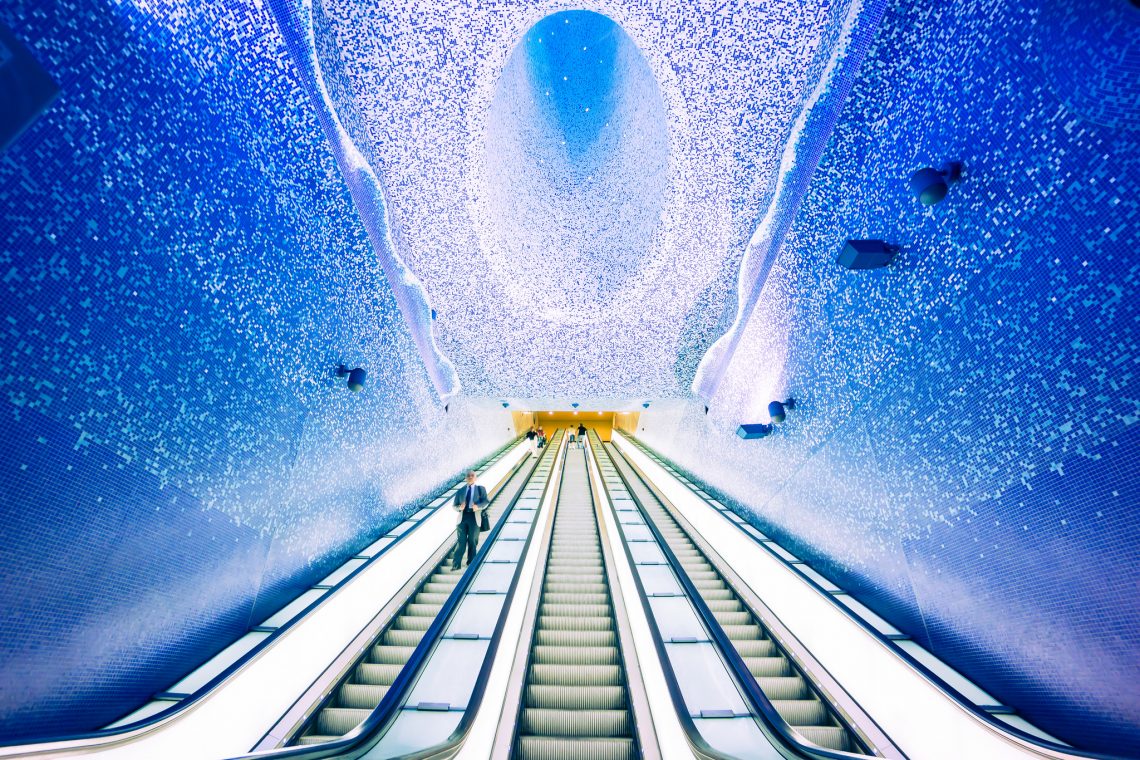


We have to admit, public transport in Naples is not the most efficient, but it is definitely enjoyable for your eyes to see what have been renamed as “Art stations”. Specifically we would recommend to arrive/depart at least once from the following stations:
- Piazza Garibaldi: this is the main station in Naples
- Università: this station looks to the future with its bright colours and contemporary artworks
- Toledo: this station has been voted as most beautiful in Europe, do we need to add more?
- Museo: inside this station there is a small museum with an exhibition of some archaeological finds discovered during the excavations for the construction of the Metro stations. If you are into archeology, then head outside and visit the National Archaeological Museum.



